Is going by air, with a commercial airliner, the safest way to travel?
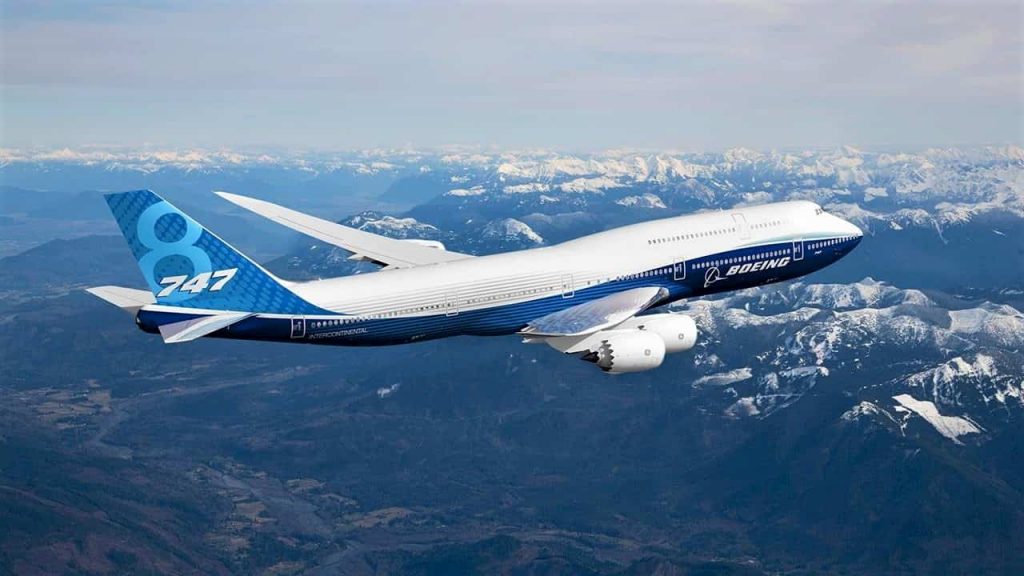
The statistics are very well documented and as well-founded as you could possibly desire. But I would still like to scrutinize it for a bit. I think it’s a good idea to look into what we mean by safe, and what we mean by travel… Because statistics are never better than what you understand it to be.
Which is the safest way to travel?
If I go for an hour on my motorcycle, or if I go for an hour with my private airplane is not exactly the same thing. With the motorcycle, I will cover 50 miles of beautiful mountain roads. But with my private jet, I will cover 500 miles. So do we calculate the number of incidents per hour or per mile?
Here are some other difficulties when trying to figure out which is the safest way to travel:
- A train crash could kill hundreds of people, while a motorcycle would kill one, or two.
- Going by bus means riding with a professional driver, while you would probably drive your own car.
- Cars and motorcycles are mostly used in the city, while trains are for going across the country. And the city is a more dangerous environment.
- Going by boat could mean going on your own, small fishing boat, or going with a 150.000 tonnage cruise ship.
These are just a few considerations, but there are many more.
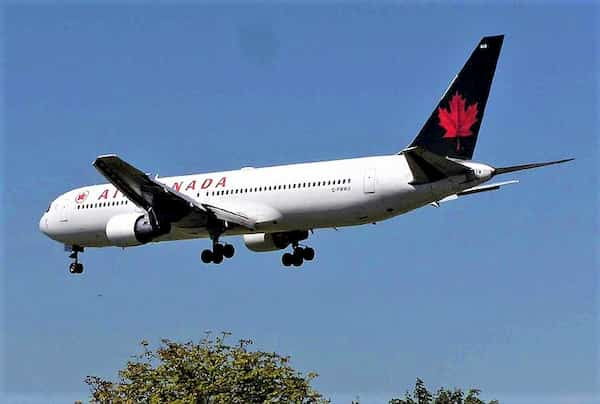 Deaths per traveled mile.
Deaths per traveled mile.
An often-used parameter, when comparing travel safety is deaths per traveled mile. The distance is the figure against which the death rate is compared. In that case, a four-hour flight from New York to Los Angeles equals a 42-hour drive… Or if you want, two months by bicycle.
This might seem an absurd comparison, but some travel means are mostly for leisure, like a motorcycle. So, going back to our example, in the beginning, it is not perfectly correct to compare the one-hour drive in your private airplane, to ten hours on a motorcycle, if both drivers are just cruising around.
Then, there is the danger for the others. If a motorcycle drives off the road, or a train does it, there’s quite a difference in danger for the others, those who were not in the vehicle.
But let’s try to find out which is the safest way to travel. And we will use deaths/distance as the formula. Not only deaths among the travelers on board, but also the danger for any bystander.
Train – 0,6 deaths per billion kilometers.
The train is a very safe way to travel. While streets are full of other cars, bicycles, dogs, grandmas, grandpas, and children… The rail is free from any obstacles. It’s a straight line. Unfortunately, even on a straight line, things can go wrong.
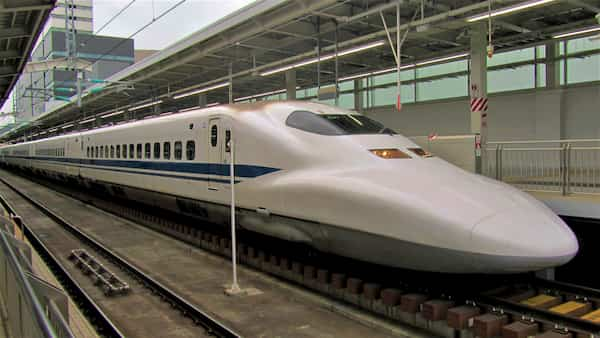
The majority of deaths by trains are not by train crashes but by trespassing. And the majority of trespassers who die are pedestrians, often people who are hit by the train while walking or standing on the tracks. Or cars at level crossings. Incredible as it may seem, 25% of all fatalities in level-crossing accidents are actually the car running into the train and not the other way around.
A significant part of deaths at railroads is suicide.
For those who ride the train, sitting inside, it is one the safest way to travel. 0,6 deaths/bn kilometers becomes 0,1 if you count only the passengers. Some smaller countries don’t even have statistics for train deaths as no passengers die.
Car >6 deaths per billion kilometers.
Since practically only European and North American countries keep statistics over deaths per distance in road traffic, this figure is probably much higher.
Car is a dangerous means of travel, surpassed only by motorcycle. About 1,35 million people die every year in road accidents worldwide, and the vast majority of them involve a car. And some 25 to 50 million people suffer non-fatal injuries. As with the train, an additional danger with cars is that they run into things and people.
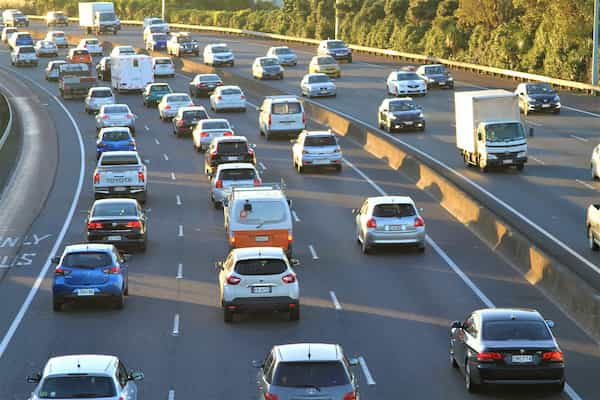
The safety inside the car is one thing, but since the car is the preferable transportation in most cities, they kill pedestrians, and other drivers as well.
- Western countries with modern, well-maintained roads are much safer than third-world countries.
- Safety is increasing as cars are getting a higher level of passive safety, like airbags, seat belts, automatic brake systems, etc.
- The percentage of fatal incidents where pedestrians are killed by a car is generally increasing. The passive safety helps decrease fatality for passengers but not for people outside the car.
- Lower speed limits and more frequent controls help reduce incidents.
- The safest roads are motorways (freeways), while urban and rural roads are less safe.
- A vast majority of the collisions with pedestrians with a fatal outcome, happen in dark.
- 20-30% of all fatal incidents are caused by excessive speed.
Motorcycle ~ 125 deaths per billion kilometers.
All that has been said about cars is valid for motorcycles too. The difference is that the motorcycle doesn’t have any passive safety, no airbags, or seat-belts.
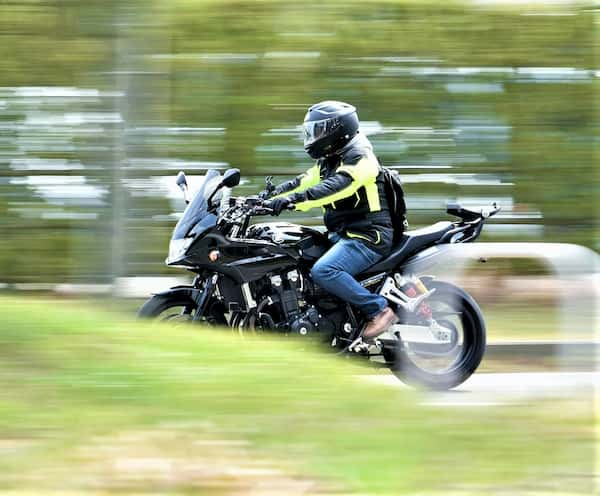
Furthermore, a motorcycle is a typical vehicle for young people, and young people are more dangerous in traffic. Drivers between 18 and 24 have a double probability to die in a traffic incident compared to others.
Buses – 0,4 deaths per billion kilometers
Buses are generally very safe. But even here it can be tricky comparing the figures. Buses in Germany are safer than buses in India, mainly because the traffic in Germany is generally safer. Buses in urban areas crash more, but with fewer fatalities.
One interesting fact is that large buses represent a very small part of the incidents with deadly outcomes. It is much safer to go with a greyhound coach than with a chartered 9-seater.
Airplane – 0,05 deaths per billion kilometers.
Although many are afraid of flying, it is the safest way to travel you can think of. Even though it might seem strange and dangerous to sway up there, over the clouds in a thin metal-tube, it’s actually not.
As trains have their rails to go on, airplanes are practically flying where there is nothing to bump into. It’s like driving on a freeway without traffic and where the road has no sides.
You might be afraid that it could stop working and just fall down… Well, that happens but it is very rare. And an airplane can continue even if a motor goes out, or two… Even if all of the engines die, the airplane can still glide down and land if there is something to land on within reach.
Small airplanes are more dangerous than big ones. Not because size matters, but because the big airliners are maintained and run by professionals from the big aviation companies, and they follow a long set of security regulations.
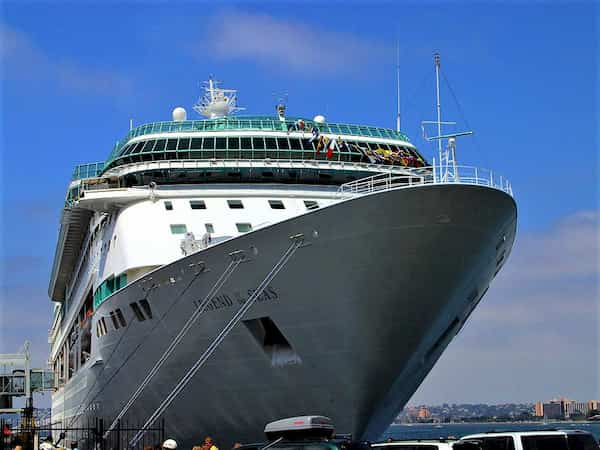 Boat – 2,6 deaths per billion kilometers.
Boat – 2,6 deaths per billion kilometers.
But the boat is a very different means of transport compared to the others. You usually don’t take the boat to the office or take the boat to get out of town for the weekend, unless you live in Venice, Italy. So, where do the statistic come from?
Big passenger ships, cruise ships, local ferries, and long-distance ferries. These boats are very safe. Then there are the private small boats… The fishing boats, and the leisure boats. These are not very safe. And mostly because we are not safe. The vast majority of fatal incidents with small boats are due to human errors. 20% of the deaths involve alcohol.
Walking and Cycling – about 50 deaths per billion kilometers.
Walking doesn’t kill you. But walking in the city or on the side of the country road makes you a target for cars, buses, and motorcycles. In fact, all pedestrian deaths come from being hit by others.
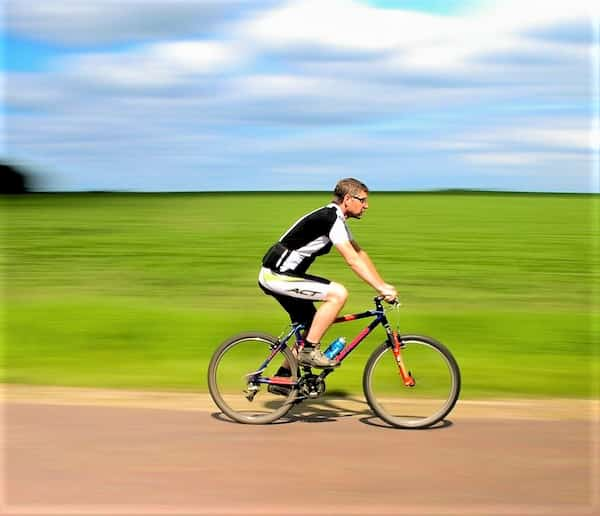
Unfortunately, we do not see the same decrease in mortality here as with the other transportation methods. Walking and cycling seem to become more dangerous as time passes.
The very high death toll is not the whole truth though. Walking is slow, and it will take a great deal of time to reach one billion kilometers, walking. Deaths per hour would be a better measurement.
Conclusion – Flying is the safest way to travel.
Yep, flying is the safest way to travel. Followed by trains and busses.
Why is it so?
The answer is divided into three parts:
- Airplanes, just like trains, don’t normally run into other objects. The sky is relatively free from obstacles, as are the rails.
- Big things protect you more. A big bus is very much safer than a small car. The physical equation tells us that the kinetic energy of the big body is bigger than that of a small body. If a bus runs into a car, the car will immediately move in the direction of the bus, while the movement and direction of the bus will change very little. The passengers in the car will suffer more damage.
- Professional drivers and pilots driving vehicles that are maintained by professional mechanics and controlled by all kinds of regulations by the authorities are safer. That’s just the way it is. A small private plane is much more dangerous than a big airliner. A big cross-country highway bus is much safer than a small charted van. Even taxis, although taxi drivers are thought of by many as reckless, have a lower rate of incidents than private cars. Only calculating traffic incidents, not the possible danger of being assaulted by the taxi driver.
Yes, traveling by air is very safe, and traveling from one point to another with a commercial airliner is the safest way to travel if you measure deaths and injuries per traveled distance.

sources
- Eurostat / Rail accident fatalities in the EU
- Wikipedia / Transportation safety in the US
- International transport forum / Road safety Annual report 2018
- Journalist’s Resource / Transportation safety over time
- Financial Revue / Are smaller planes more dangerous than larger planes?
- The New York Times / That taxi ride is safer than you think
- WHO / Road traffic injuries
- NSC / Injury Facts 2017 Report